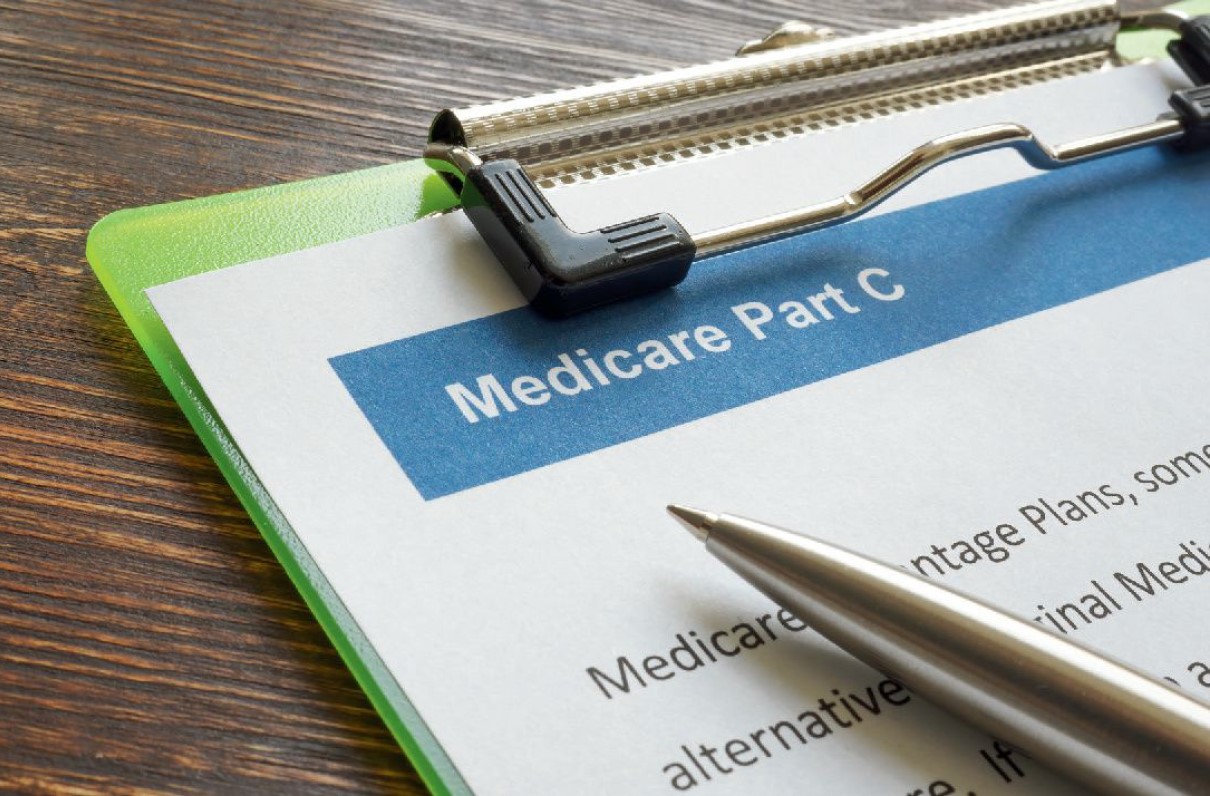 MOAA’s TRICARE Toolkit provides insight and tips for navigating your TRICARE benefits. Have a question or suggestion for an upcoming column? Email beninfo@moaa.org. Read other TRICARE Toolkit columns at MOAA.org/tricaretoolkit.
MOAA’s TRICARE Toolkit provides insight and tips for navigating your TRICARE benefits. Have a question or suggestion for an upcoming column? Email beninfo@moaa.org. Read other TRICARE Toolkit columns at MOAA.org/tricaretoolkit.
Military service takes a toll on our bodies, including our auditory system. Most servicemembers, at one time or another, operate in a high-noise environment. So it should come as no surprise that many veterans or retirees require hearing aids.
If you served in a capacity that required annual physicals, you typically got a hearing test every year. Even if you didn’t receive an annual exam, your entry and exit physicals should have included a hearing test; this can assist you with filing a VA disability claim. If you meet the VA’s high standard for speech recognition and decibel loss, your hearing loss will be service-connected and eligible for no-cost hearing aids through the VA.
If your hearing loss isn’t service-connected, you still may be able to get hearing aids through the VA depending on your Priority Group (based on overall VA rating), which may include a copay.
If the VA is not an option — and because TRICARE, original Medicare, and TRICARE For Life do not cover hearing aids — retirees have one Defense Department option: the Retiree-at-Cost Hearing Aid Program/Retiree Hearing Aid Purchase Program (RACHAP). Only a select number of major military hospitals offer the program. You can contact a facility near you for details.
If the program is available near you, two state-of-the-art hearing aids may be purchased for typically less than $2,000. Open market hearing aids of this quality can cost several thousand dollars more. A limited number of RACHAP programs are also open to spouses.
Here’s what to consider if you must purchase hearing aids out of pocket:
Price. The main factor that affects hearing aid purchase price is the technology. This medical sector is continually making advances in technology, so prices for the latest devices remain high. If available, models from two years ago may be more affordable.
Consider cost over time. The hearing aids you desire cost $6,000 for two and have an average life span of 8 years. That is $750 per year, $62.50 per month, and $2.08 per day — cheaper than a cup of coffee from Starbucks!
Bundled vs. unbundled services. A bundled purchase typically includes a hearing test, consultation, initial fitting, follow-up adjustments, routine cleanings, and a warranty (typically 1 to 3 years). Some hearing clinics may “unbundle” services and allow you to choose which services you desire to save costs.
Hearing aids are good for your health. Untreated hearing loss is linked to other health conditions such as dementia, depression, high blood pressure, and increased risk of trips and falls. Make sure you address any hearing issues before they worsen.
Have More Questions About Your Health Care Benefit?
MOAA's TRICARE Guide answers some commonly asked questions.



